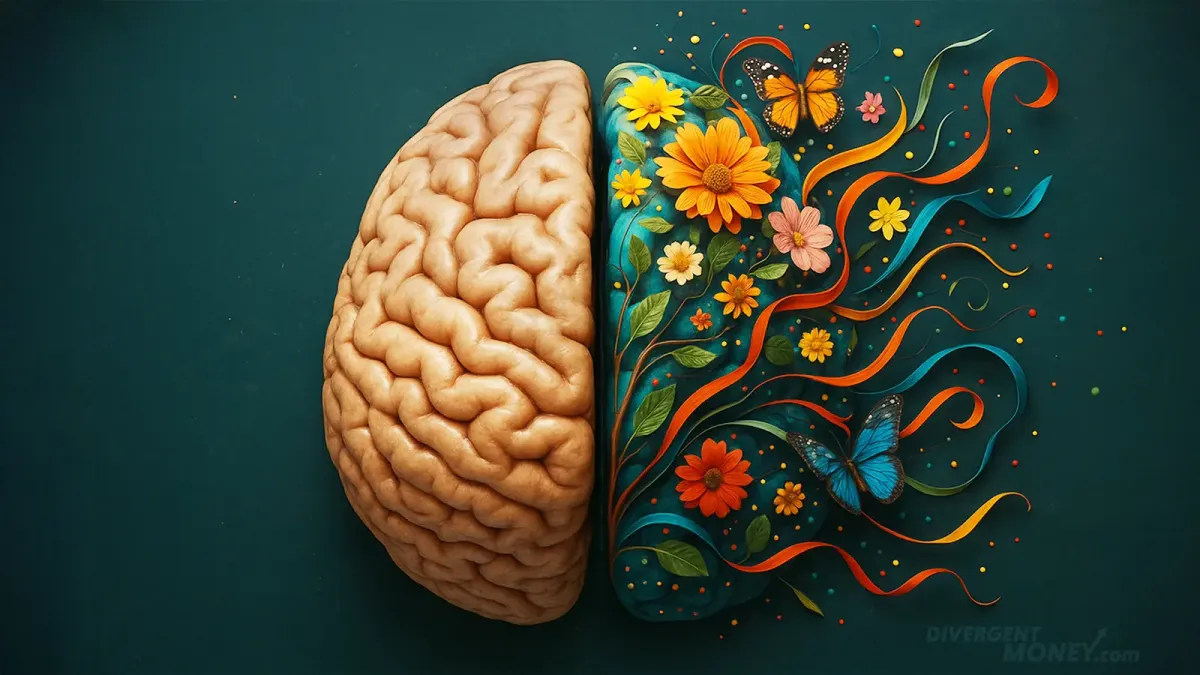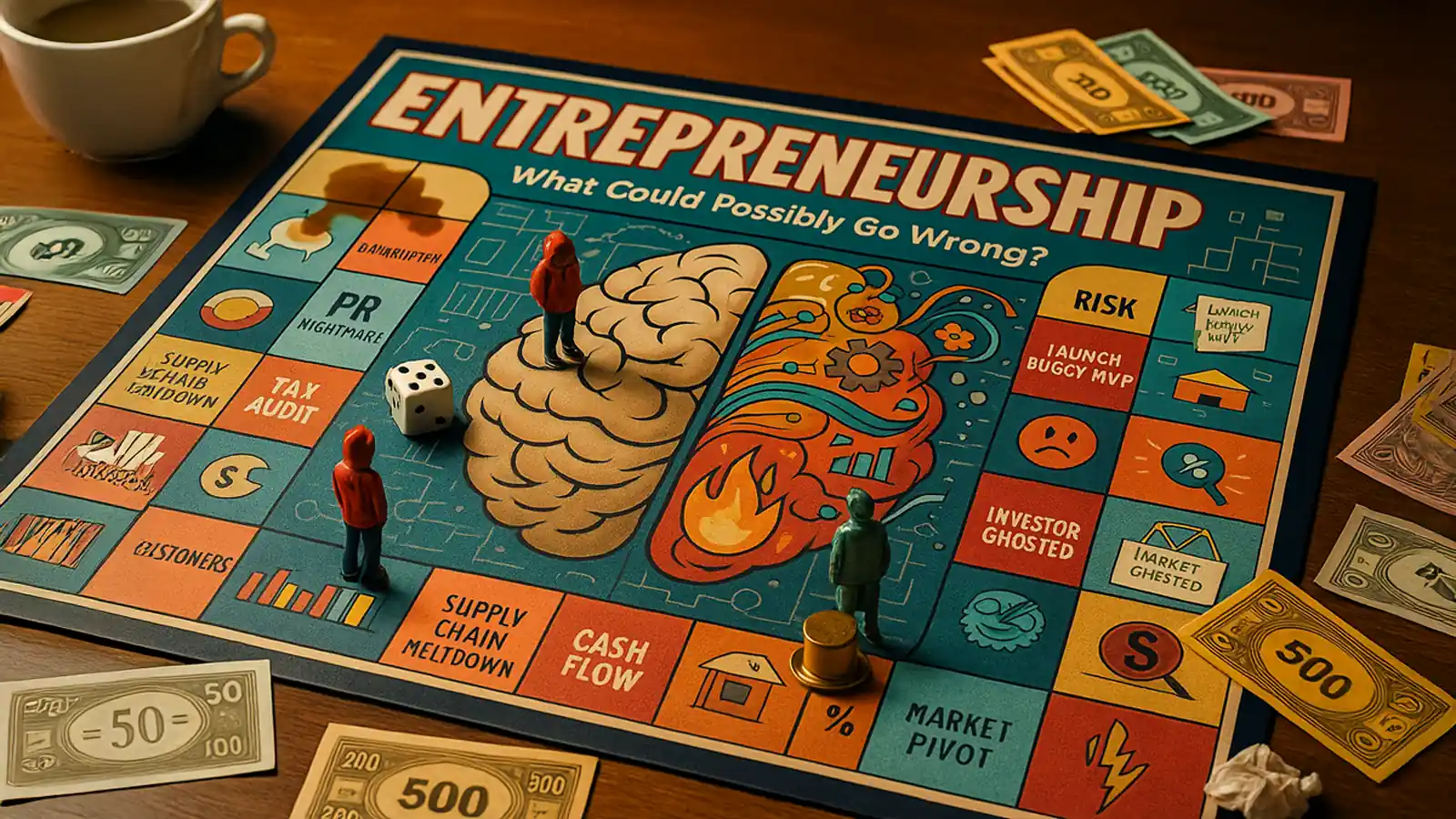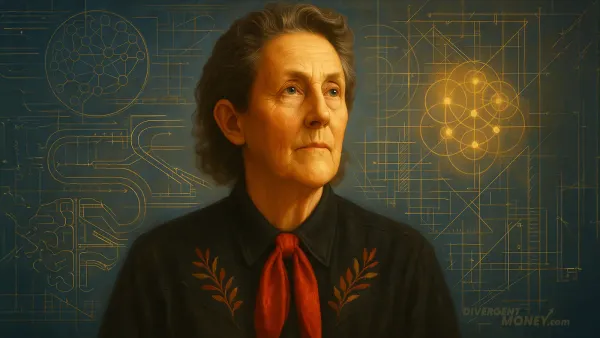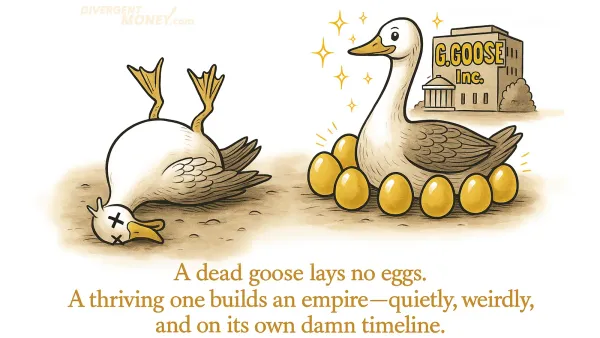The Hidden Blueprint of Neurodivergent Founders Rebuilding the Rules of Business

Not Just Who We Are, But What We Build
Being neurodivergent isn’t just about how we experience the world. It’s about how we construct in it. For founders with ADHD, autism, or dyslexia, entrepreneurship isn’t a path to freedom—it’s often the only path where the rules make sense. But here's the shift: We’re not just surviving in this space. We’re redefining it.

Where neurotypical founders scale efficiency, neurodivergent founders reframe complexity. We’re not building faster horses—we’re redesigning the road itself.
From Firestorm to Framework: My Own Story
Before I knew I was neurodivergent, I thought I my brain moved faster than other people could keep up (not exactly inaccurate). However, my career looked like a series of unfinished blueprints: brilliant starts, no scaffolding. I sprinted on instinct, resisted authority, obsessed over productivity hacks while forgetting to eat.
But when I saw my mind clearly, I saw the pattern: I don’t build linearly. I map systems intuitively. I launch in bursts. Spot connections, risks, and inefficiencies others miss, things foisted upon us by traditional workflows. What looked like inconsistency was actually emergent design.

Honestly? It made no damn sense until one day, it suddenly did.
That’s not a flaw—it’s a feature.
And when I tried to do it the “normal” way? I crashed hard. Burnout. Confusion. Shame. That’s when I realized: the system wasn’t just a bad fit—it was the wrong blueprint entirely.
What Sets Neurodivergent Founders Apart
🧠 Pattern Recognition as a Business Model
We don’t just have great ideas—we often see the weak points in systems before others do. Many ND founders launch because they can’t not fix what they’re seeing.
Example: Richard Branson’s dyslexia helped him reimagine industries with simpler, more intuitive models—from Virgin Records to Virgin Galactic.

🔍 Emerging voice to watch: Sara Sedghi, founder of ThreadLoop, a neurodivergent-led textile startup using AI and sensory feedback to help designers with sensory sensitivities build adaptive fashion lines.
⚠ Risk Is Calculated Differently
Where others see danger, we may see dopamine. But it's not recklessness—it’s comfort in uncertainty. ND founders often take asymmetric bets, launch under pressure, and iterate in public.
Elon Musk’s autism spectrum diagnosis has been key to his comfort with radical, all-in ventures—where failure isn’t feared, it’s priced in.
🔁 Hyperfocus Builds Engines (Not Just Ideas)
Hyperfocus is often misunderstood. It’s not about working hard—it’s about locking in until something works. When directed well, it becomes a momentum machine.

ND founders who systematize that state—via strict constraints, co-founder buffers, or automations—can scale in ways that look effortless from the outside.
🧩 We Build What We Can’t Find
Many ND-led businesses are born from constraint. The job didn’t fit. The structure didn’t hold. So we created new ones.
From JetBlue’s fluid customer experience to Auticon’s autism-centric workplace model, ND-led companies often invent the conditions they need—and discover others thrive in them too.
Inside the ND Startup Toolkit
Instead of “hustle culture,” many ND founders rely on:
- Co-regulating partners (operational or emotional anchors)
- Environment design (sound, lighting, sensory flow)
- Flexible timelines (measured in cycles, not calendar days)
- Radical transparency (sharing the neurodivergent process vs. masking it)
Try this: The 3-Day Founder Flow Map
- Day 1: Identify what drains and fuels your executive function
- Day 2: Set up your workspace like a habitat, not a cubicle
- Day 3: Share one unfinished idea with a trusted ally and ask, “What’s the next irreversible step?”
🛠 We call this the Irreversible Action Principle. It breaks inertia and creates momentum in low-pressure, low-shame ways.
So What Are We Really Doing Here?
We’re not just founding companies. We’re:
- Rebuilding leadership around real cognition
- Designing operational systems for actual brains
- Showing that nonlinear thinkers are economic engines
This isn’t about “overcoming” anything. It’s about demonstrating that neurodivergent ways of building aren’t alternate routes—they may be better roads entirely.
Let’s stop trying to fit into the startup world. Let’s admit: we’re quietly rewriting it.
If you’re building differently, you’re not alone—you’re early.
This is not a feel-good ending.
This is the start of the divergent economy.
Disclaimer: As ALWAYS, this article is for educational and motivational purposes and is not financial advice. Always consider consulting with a financial professional for guidance tailored to your unique situation.




